Goldfish Selecting and Rearing - English VeilTail by Frances(Panda)
Culling is probably the part of goldfish keeping that I find the most difficult. In my early days it was an emotional difficulty, but now it is a choice difficulty. I have Veiltails from Derek Mills, which I am breeding pure, and when you have stock like this where an experienced breeder has put years of work into perfecting them, there are just not that many truly bad fish to cull. Based on this, this is my way of culling English Veiltails.
From the time they become freeswimming I start looking for fish with crooked spines from above. They are easy to see and donít swim very well.
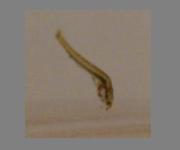
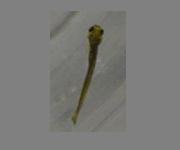
As their tails start growing I start looking for single tails and remove them.

From two weeks their tails are well visible and it becomes a little easier to cull. I take out the single tails that escaped me the first time. Also I remove the tripod tails, which are not so easy to see from above. Then, the tail needs to be at a 45deg angle when viewed from behind. There are always a number of butterfly tails in a Veiltail spawn, and under normal circumstances I would take them out, however, this year I have kept them because of a little experiment I want to do with my butterflies.
This tail is to tight set
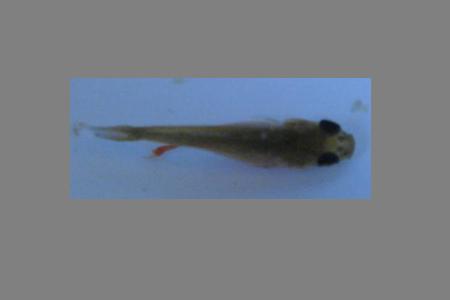
At this stage I do not remove tails that look fused because Derek has spent many years breeding in a little join to give strength to the tail. This means that the split only becomes apparent later on, but you can see the tail scallop in where the split will be, as opposed to a completely joined tail which will be straight across. I am also not too hasty about selecting against the fork in their tails, because this often grows out, however if it is severely forked I would cull them.
A fry I would keep. Straight body. Correct tail angle, and although difficult to see, the tail is clearly split with straight edges.
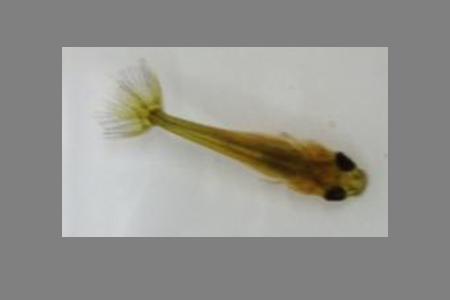
The next cull would be for colour since I breed nacreous Veiltails. The pinkies are visible quite early on and I hate removing them because they are so pink! I always keep a few of them. I leave the removal of the metallics a little longer because finding the mock metallics is easier when they are slightly bigger. I do separate the metallics and nacreous as soon as they can be identified.
A matt / pinkie
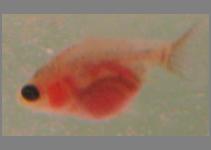
Then, at about two months old I would start looking seriously at finnage. The dorsal fin needs to be very high and held upright with a strong first ray, it often has a tendency to droop. The other fins also need to be long and there must be a double anal, preferably perfectly matched. In the past I have taken out all fish with curly pectoral fins, but once I kept a few and to my surprise most of them straightened out, so I tend to leave this now until much later.
The Dorsal on this fish is good, and the other fins are also good. This fish has a caudal peduncle which is too long.
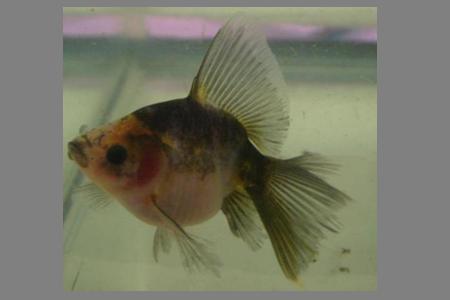
My final cull will be once they are between two and three months old, and this is where I look for body shape. Veiltails need to have a deep body with a very short caudal peduncle. The tail should look like it comes out directly from the body. If I have a fish with a slightly longer shape but everything else is good then I would keep it because quite often a change in diet can make an acceptable body shape. It is at this stage that I would be more strict with the tail and remove fish whose fork hasnít grown out.
A young fish I will definitely keep!







